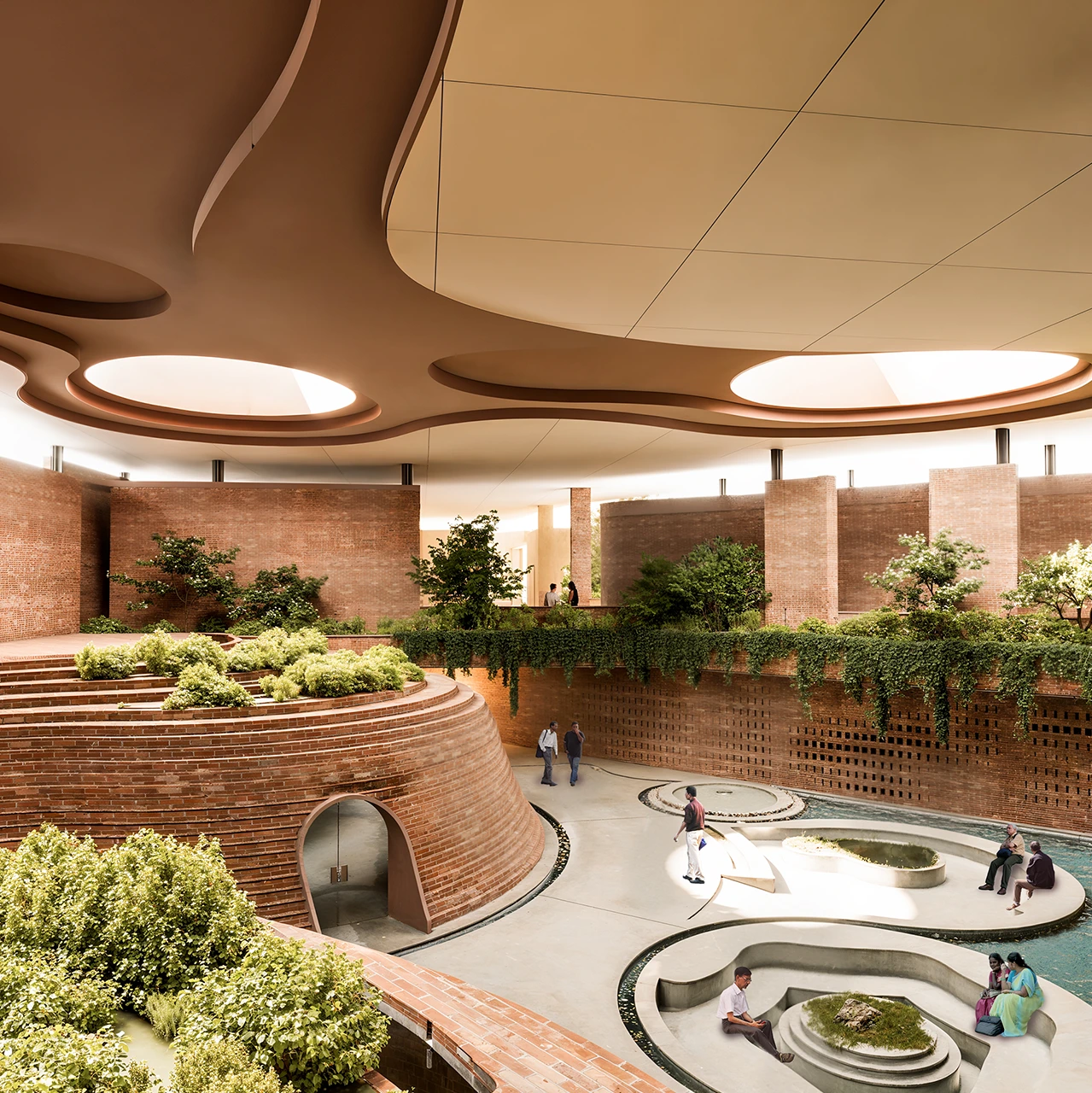With an approach of frugal innovation, flexibility and modularity, Studio Lotus's design for the new Visitor Centre at the 15th century <rt-red>Mehrangarh Fort Precinct seeks to create a new architectural system in time with the rich context of the site.<rt-red>
.svg)

















